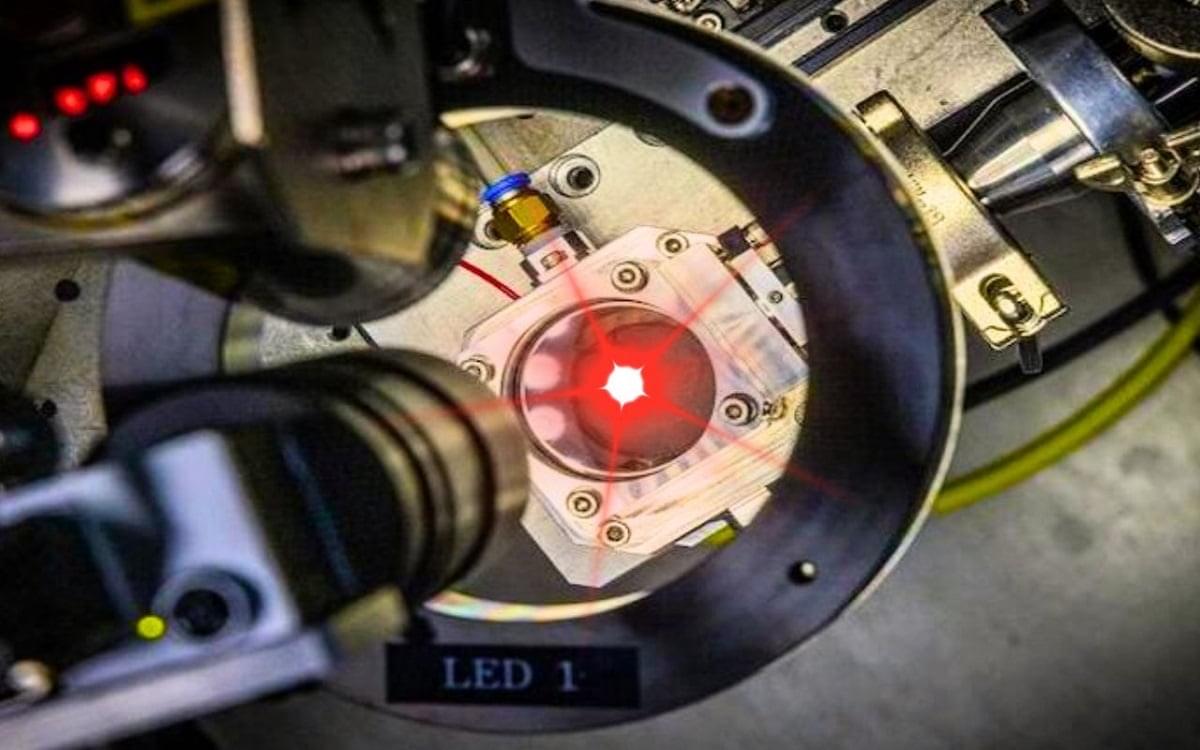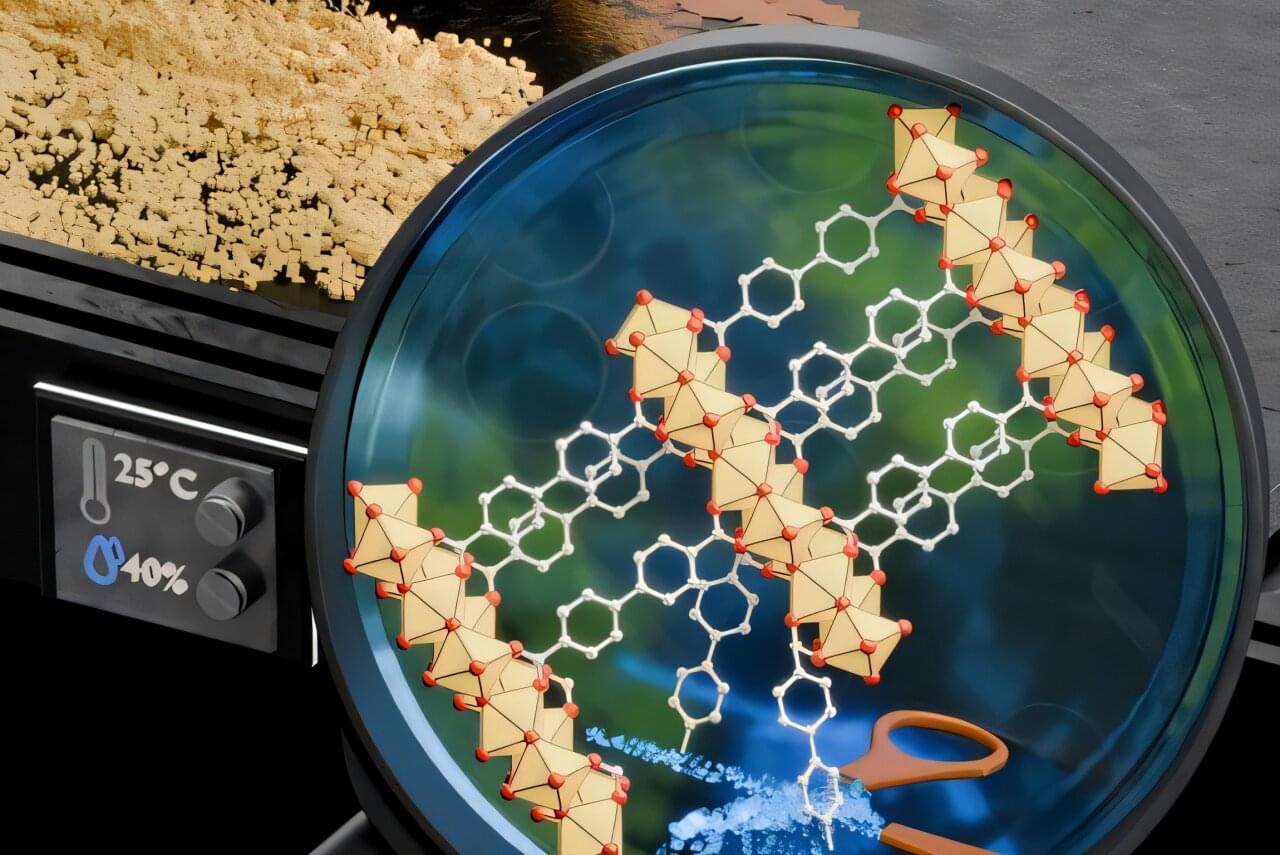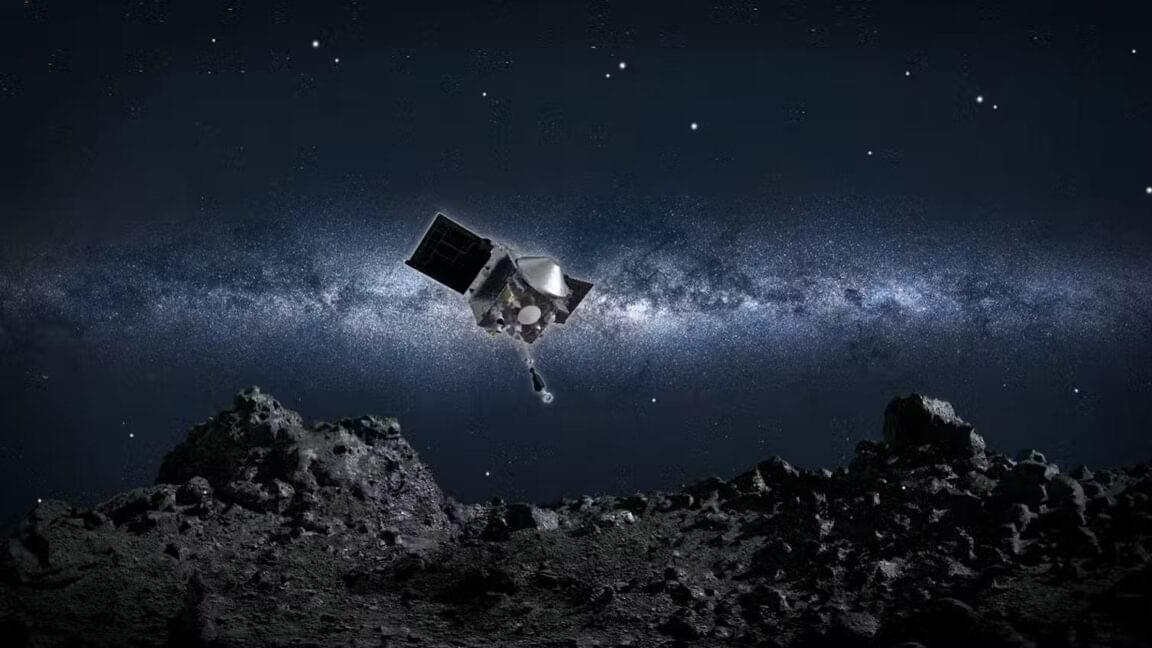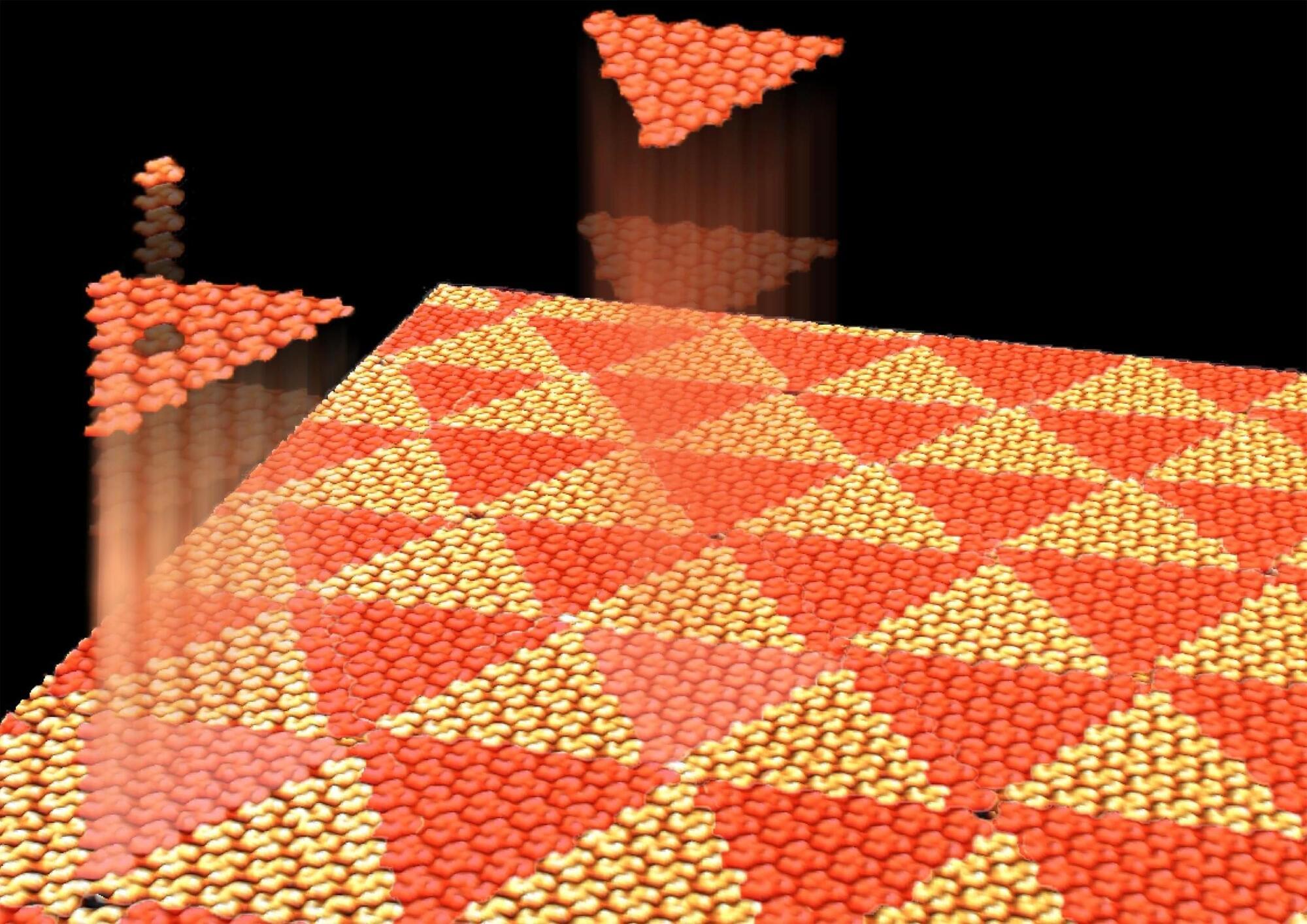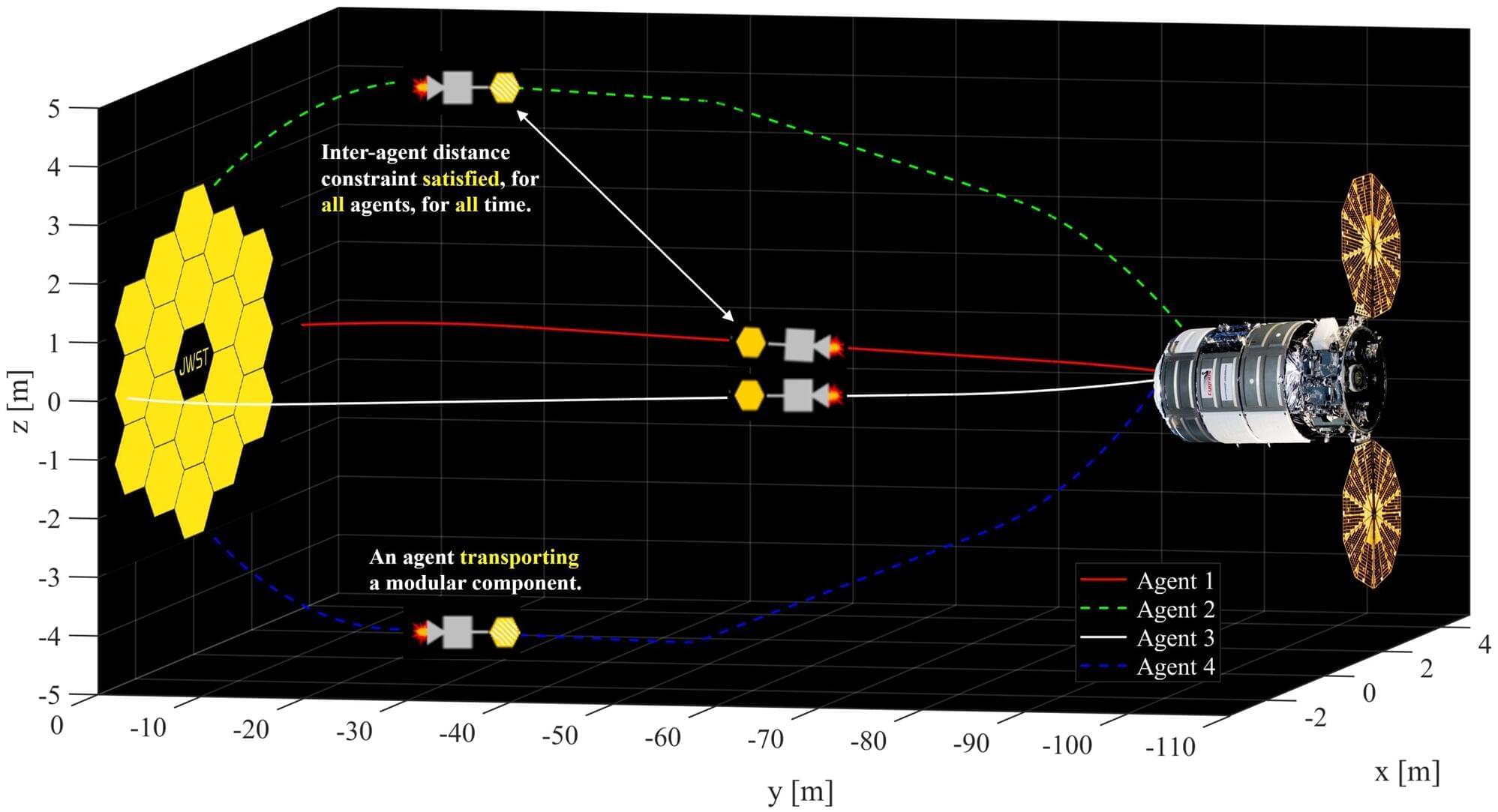In a major leap forward for energy storage technology, a team of researchers from South Korea has developed a groundbreaking method that could revolutionize the manufacturing of sodium-ion batteries. This innovation not only promises to enhance battery efficiency but could also reshape how we think about energy storage and its future applications in various industries.
At the Korea Electrotechnology Research Institute (KERI), a team led by Dr. Kim and Dr. Park has achieved a breakthrough in the production of hard carbon anodes for sodium-ion batteries. By using a method that involves microwave induction heating, they are now able to prepare these anodes in just 30 seconds —a dramatic improvement over conventional methods. This quick processing technique could significantly reduce manufacturing times and costs, potentially making sodium-ion batteries a more viable option for widespread use.
The research team’s approach has already gained considerable attention in the scientific community, as it marks a significant step toward the commercialization of sodium-ion batteries, which are seen as a safer, more sustainable alternative to lithium-ion batteries.
